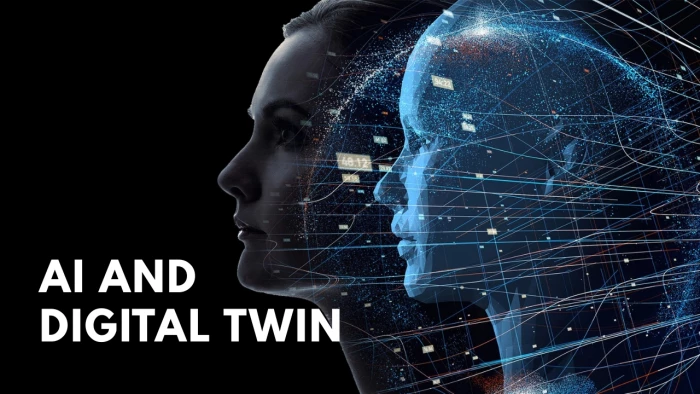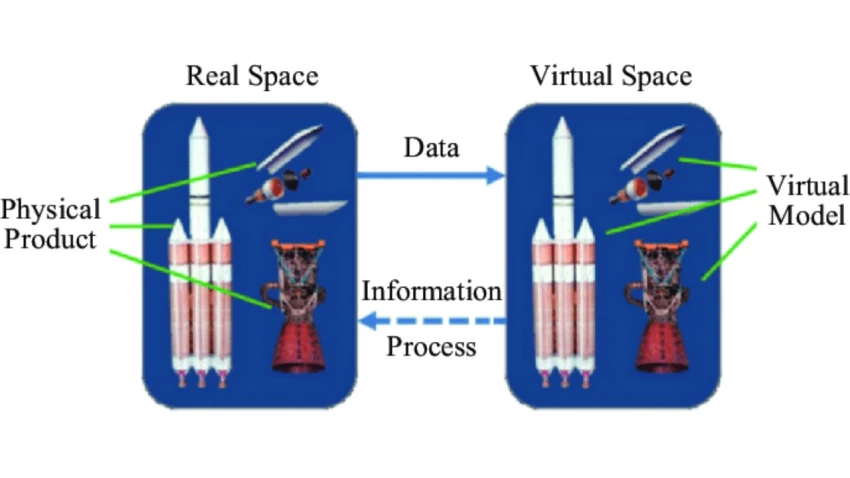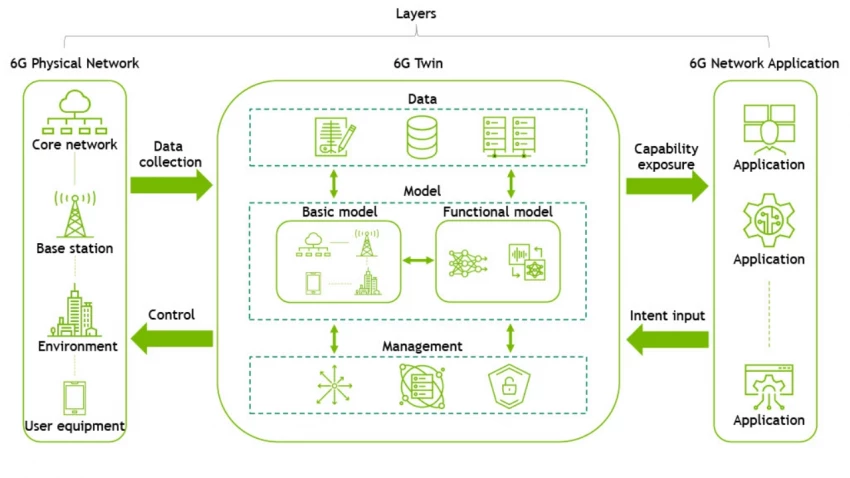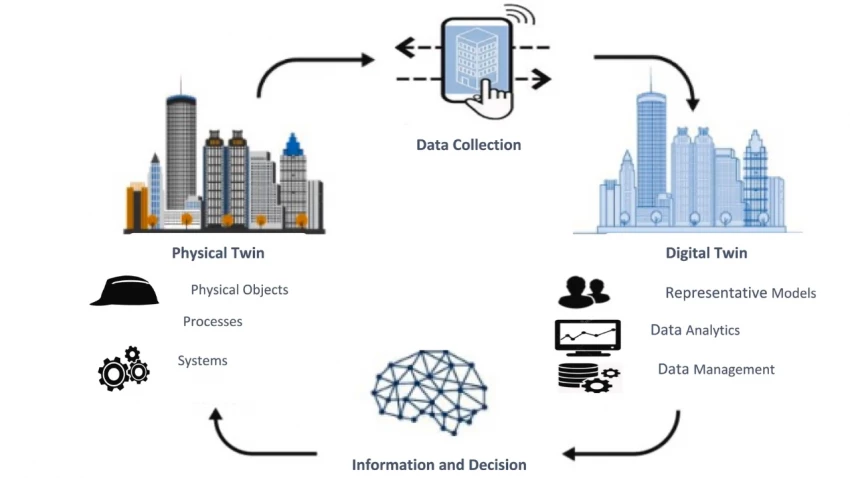

Have you ever imagined creating an AI version of yourself, a clone that never sleeps, learns faster than you, and makes decisions on your behalf? That’s the promise of digital twins, AI-powered replicas that mirror your personality, behavior, and decision-making style.
This technology is no longer confined to sci-fi. From NASA’s early experiments to Nvidia’s cutting-edge platforms, digital twins are revolutionizing how we live, work, and even understand ourselves.
A digital twin in AI is a virtual model of a physical object, process, or even a person. Originally, the idea was popularized in engineering to simulate complex machines like aircraft engines. NASA’s first digital twin dates back to the Apollo 13 mission, when engineers built a virtual replica of the spacecraft to troubleshoot problems from Earth.

Fast forward to today, and digital twins aren’t just for machines; they’re for humans.
You can use AI to create a virtual double that mimics your face, voice, and even your personality. By training on your digital footprint: emails, social media, work habits, health data, an AI replica can become eerily accurate in predicting your choices.
The big question many ask: Can AI clone a human?
Technically, yes, at least digitally. While AI can’t replicate your biology, it can create a hyper-personalized digital twin trained on your digital footprint. This includes:
The result is an AI version of yourself that evolves in real time, one that can interact, negotiate, and even make life choices as if it were you.
Digital twins are no longer just personal tools; they’re transforming industries.
This shift shows that digital twins are revolutionizing operations management and forecasting, making organizations more resilient and efficient.
One of the most ambitious efforts comes from Nvidia’s digital twin technology, known as Omniverse. Nvidia is building massive, photorealistic simulations of real-world environments to help industries test and optimize decisions.
For example, BMW uses Nvidia’s Omniverse to simulate factory layouts before building them physically, saving time and money. It’s the industrial-scale version of what your personal AI clone could be doing for your own life.

So what does it feel like to live with your AI twin?
This isn’t just convenience, it’s outsourcing decision-making to an AI replica trained on your digital footprint.
With great power comes uncomfortable questions.
These issues are urgent. A Deloitte survey in 2023 found that 71% of consumers fear losing control over their digital identity. The more accurate AI replicas become, the blurrier the line between human and algorithm.

The global market for digital twins is projected to reach $125 billion by 2030. As we move forward, digital twins won’t just be tools for industries; they’ll be personal life managers, health guardians, and even creative collaborators.
But as we step into this future, we must ask:
Living with your AI clone may soon feel as normal as living with your smartphone today. The efficiency is undeniable: better decisions, optimized health, and reduced stress. But the risks of dependency, surveillance, and identity loss are equally real.
The digital twin revolution is no longer on the horizon; it’s already here. The critical choice now is whether we’ll create AI versions of ourselves that empower us, or whether we’ll surrender control to our virtual doubles.
Be the first to post comment!